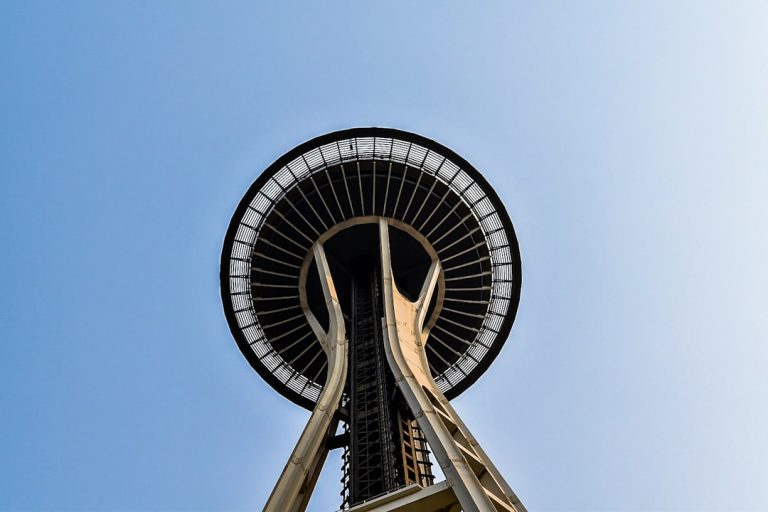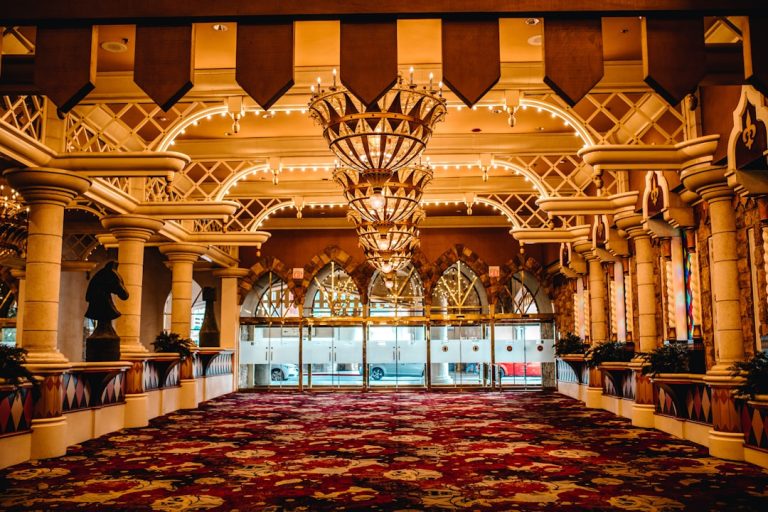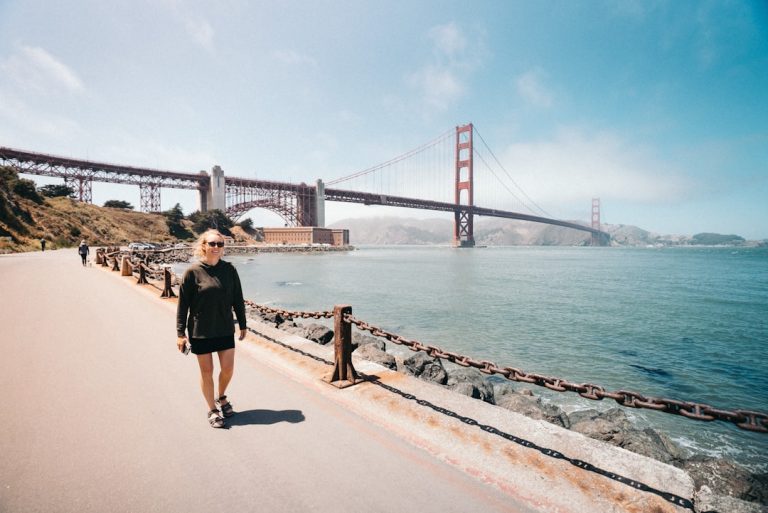
Indiana’s history is a tapestry woven from the threads of Native American heritage, European exploration, and the transformative events of the 19th and 20th centuries. Long before European settlers arrived, the land was inhabited by various Native American tribes, including the Miami, Potawatomi, and Delaware. These tribes thrived in the region, utilizing its rich natural resources for sustenance and trade.
The arrival of European explorers in the 17th century marked a significant turning point, as they began to document the land and its inhabitants. The French were among the first to explore Indiana, establishing fur trading posts that would later influence the region’s economic development. As Indiana transitioned into statehood in 1816, it became a focal point for westward expansion.
The construction of the National Road and the arrival of the railroad in the mid-19th century facilitated migration and commerce, transforming Indiana into a vital hub for trade and transportation. The state played a crucial role during the Civil War, contributing troops and resources to the Union cause. Notably, Indiana was home to several key military leaders and produced a significant number of soldiers.
The post-war era saw an influx of immigrants, further enriching Indiana’s cultural landscape and contributing to its industrial growth. This historical evolution has left an indelible mark on Indiana’s identity, shaping its communities and institutions.
Key Takeaways
- Indiana has a rich history, with attractions like the Indiana State Museum and the historic French Lick Resort.
- Must-see natural wonders in Indiana include the Indiana Dunes National Park and the beautiful Clifty Falls State Park.
- Unique attractions and landmarks in Indiana include the iconic Indianapolis Motor Speedway and the historic West Baden Springs Hotel.
- Families can enjoy fun activities at the Indianapolis Zoo and the Children’s Museum of Indianapolis.
- Indiana hosts a variety of festivals and events throughout the year, such as the Indy 500 and the Indiana State Fair.
- Culinary delights in Indiana include Hoosier favorites like breaded pork tenderloin sandwiches and sugar cream pie.
Must-See Natural Wonders
Indiana is often celebrated for its diverse landscapes that range from rolling hills to serene lakes and lush forests. One of the most iconic natural wonders is Brown County State Park, often referred to as the “Little Smokies” due to its stunning vistas reminiscent of the Great Smoky Mountains. Spanning over 15,000 acres, this park is a haven for outdoor enthusiasts, offering miles of hiking trails that wind through dense woodlands and provide breathtaking views of the changing seasons.
In autumn, the park transforms into a vibrant canvas of reds, oranges, and yellows, attracting leaf-peepers from across the region. Another remarkable natural feature is the Indiana Dunes National Park, located along the southern shore of Lake Michigan. This unique ecosystem boasts towering sand dunes, wetlands, and diverse plant and animal life.
Visitors can explore miles of sandy beaches, hike through scenic trails, or birdwatch in one of the many designated areas. The park is particularly famous for its rare species of flora and fauna, making it a hotspot for nature lovers and researchers alike. The juxtaposition of sandy shores against lush greenery creates a striking landscape that showcases Indiana’s natural beauty.
Unique Attractions and Landmarks

Indiana is home to a plethora of unique attractions that reflect its rich cultural heritage and innovative spirit. One such landmark is the Indianapolis Motor Speedway, often referred to as “The Brickyard.” This iconic racetrack has been the site of the Indianapolis 500 since 1911, making it one of the oldest and most prestigious automobile races in the world. The speedway itself is a marvel of engineering, with its 2.5-mile oval track drawing racing enthusiasts from around the globe.
Visitors can take guided tours to learn about the history of the race and even experience the thrill of driving on the track. Another notable attraction is the Children’s Museum of Indianapolis, which holds the title of the largest children’s museum in the world. This expansive facility features interactive exhibits that engage young minds in science, history, art, and culture.
From life-sized dinosaur skeletons to immersive space exploration experiences, the museum offers a wealth of educational opportunities for families. Its commitment to fostering curiosity and creativity makes it a must-visit destination for anyone traveling with children.
Family-Friendly Fun
| Activity | Location | Cost |
|---|---|---|
| Amusement Park | Local theme park | 50 per person |
| Zoo | City zoo | 20 per adult, 15 per child |
| Mini Golf | Mini golf course | 10 per person |
| Picnic in the Park | Local park | Free |
Indiana offers an array of family-friendly activities that cater to all ages, ensuring that every member of the family can find something enjoyable to do. One popular destination is Holiday World & Splashin’ Safari in Santa Claus, Indiana. This amusement park combines thrilling roller coasters with a water park, providing endless entertainment for families during the summer months.
With attractions ranging from high-speed water slides to family-friendly rides, Holiday World is designed to create lasting memories for visitors of all ages.
Turkey Run State Park is particularly popular among families for its scenic beauty and variety of activities.
Families can hike along picturesque trails that lead to stunning rock formations and waterfalls or enjoy picnicking in designated areas. The park also offers canoeing on Sugar Creek, providing a unique way to experience Indiana’s natural beauty while spending quality time together.
Festivals and Events
Throughout the year, Indiana hosts a vibrant array of festivals and events that celebrate its diverse culture and community spirit. One of the most famous is the Indiana State Fair, held annually in Indianapolis. This event showcases the state’s agricultural heritage with livestock shows, competitions, and exhibits highlighting local produce and crafts.
Visitors can indulge in classic fair foods like corn dogs and funnel cakes while enjoying live music performances and thrilling rides on carnival attractions. Another notable event is the Indianapolis 500 Festival, which culminates in the iconic race at the Indianapolis Motor Speedway. Leading up to race day, a series of festivities take place throughout May, including parades, concerts, and community events that engage residents and visitors alike.
Culinary Delights

Indiana’s culinary scene is as diverse as its history, offering a delightful mix of traditional dishes and modern gastronomic innovations. One iconic dish that represents Indiana’s culinary heritage is the pork tenderloin sandwich. This beloved sandwich features a breaded and fried pork tenderloin served on a bun with various toppings such as lettuce, tomato, and pickles.
Many local diners take pride in their unique takes on this classic dish, making it a must-try for anyone visiting the state. In addition to savory dishes, Indiana is also known for its sweet treats. The state has a rich tradition of candy-making, with companies like See’s Candies and Albanese Confectionery producing delectable chocolates and gummies that are enjoyed by locals and visitors alike.
Furthermore, Indiana’s agricultural landscape contributes to its farm-to-table movement, with many restaurants sourcing ingredients from local farms to create fresh and flavorful dishes that highlight seasonal produce. The state’s wine industry has also gained recognition in recent years, with several wineries producing award-winning wines that reflect Indiana’s unique terroir. The Indiana Uplands AVA (American Viticultural Area) is home to numerous vineyards that offer tastings and tours, allowing visitors to experience the state’s burgeoning wine culture firsthand.
In summary, Indiana’s rich history provides a fascinating backdrop for exploring its natural wonders, unique attractions, family-friendly activities, vibrant festivals, and culinary delights. Each aspect contributes to a deeper understanding of what makes this Midwestern state a remarkable destination for travelers seeking both adventure and cultural enrichment.
If you’re intrigued by the diverse attractions and historical insights about Indiana, you might also find it interesting to explore more about its capital city. I recommend reading the article Indianapolis: Facts and Places to Visit. This related piece delves into the unique aspects of Indianapolis, offering a deeper understanding of its cultural significance, historical landmarks, and must-visit spots that are essential for any traveler or resident interested in the heart of Indiana.
FAQs
What are some interesting facts about Indiana?
– Indiana is known as the “Hoosier State” and its residents are often referred to as “Hoosiers.”
– The Indianapolis 500, a famous auto race, takes place annually at the Indianapolis Motor Speedway in Indiana.
– The state is home to the Indiana Dunes National Park, which features beautiful sand dunes along the southern shore of Lake Michigan.
What are some popular places to visit in Indiana?
– Indianapolis, the state capital, is a popular destination with attractions such as the Indianapolis Zoo, the Children’s Museum of Indianapolis, and the Indianapolis Museum of Art.
– The Indiana State Museum in Indianapolis offers exhibits on the state’s natural and cultural history.
– The French Lick Resort in French Lick is a historic hotel and casino with a rich history and beautiful architecture.
What are some things to see in Indiana?
– The Indiana State Capitol building in Indianapolis is an impressive example of neoclassical architecture and is open for public tours.
– The Indiana War Memorial in Indianapolis honors the state’s veterans and features a museum and beautiful grounds.
– The Amish community in Shipshewana offers a glimpse into a traditional way of life with handmade crafts, delicious food, and horse-drawn carriage rides.






